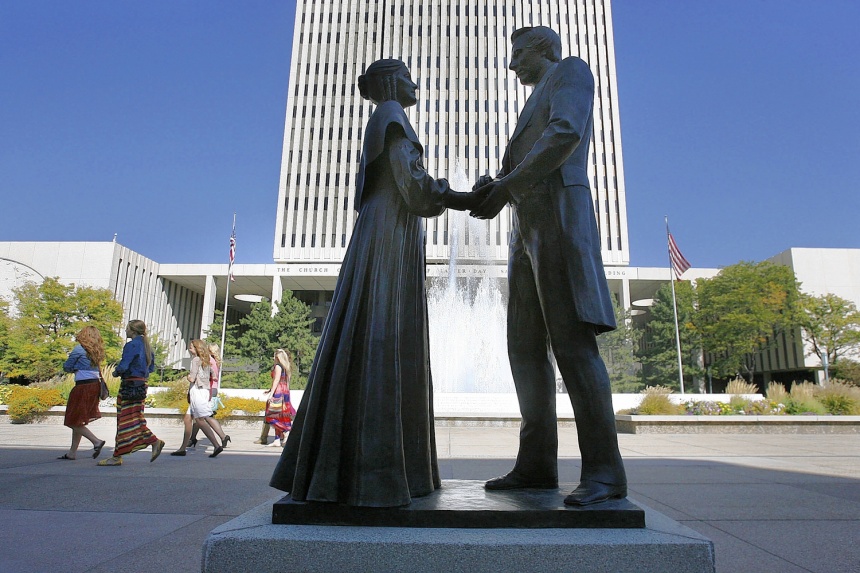Kristy from OW’s Executive Board shares her thoughts and feelings on the new plural marriage essay:
I am pleased by the Church’s efforts toward greater transparency in the lds.org series of essays on difficult topics. The Church’s new essay on Kirtland and Nauvoo polygamy is welcome progress for women like me who have struggled with the issue of plural marriage and have been praying for more light and knowledge on women’s issues from our leaders.
When I married the love of my life in the Salt Lake Temple, I started to worry a lot about polygamy. I put myself in Emma’s shoes and wept when I imagined how I’d feel if my husband were marrying other women without my knowledge. I found myself seeing current policies I knew about but hadn’t thought of much: that a living man can be sealed for eternity to more than one woman, living (if civilly divorced) or dead (if she passed away before he did). However, a woman can only be sealed to one man. I clung to my husband in bed at night and prayed we’d die of old age together, so I wouldn’t have to share him with other women in eternity. Explanations from well-meaning family and friends that I’d be a better sharer in heaven because I’d be perfected only made me feel worse.
So today, reading the new essay on polygamy strengthened my faith in continual greater transparency from the Church on issues that affect women directly, and hopefully more conversations about them in church policies, past and present.
You can read the essay for yourself here, so I won’t summarize, but I will say it was interesting to read the essay’s speculation that perhaps other men’s wives wanted to marry Joseph because people died earlier in that time period, and so being sealed to someone with the priesthood was something they wanted to receive before they passed away. To me, this confirmed my desire for women’s ordination, because I have even heard similar thoughts from single women and women with non-member or inactive husbands today: that is, they worry about the effects of not being married to a priesthood holder. If women were ordained, they could use priesthood authority at home and eternity, whether single, divorced, or widowed.
The essay ends by confirming that men today are indeed sealed to more than one woman (through divorce or death) in line with Joseph’s teachings. I appreciate that the authors have faith that God will sort out these issues in the eternities. I have faith in our Heavenly Parents’ love and ability to make everything right in the next life as well. At the same time, since this life is the time to prepare to meet God (Alma 34:32), I yearn to know more about why living men can be sealed to more than one woman, but not vice versa. I yearn to know more about my Heavenly Parents’ relationship and how I can pattern my own marriage after Their example. I feel a deeper theology about women is much needed and I pray we will be ready to receive it when God, through the President of the Church or Quorum of the Twelve, reveals it.






